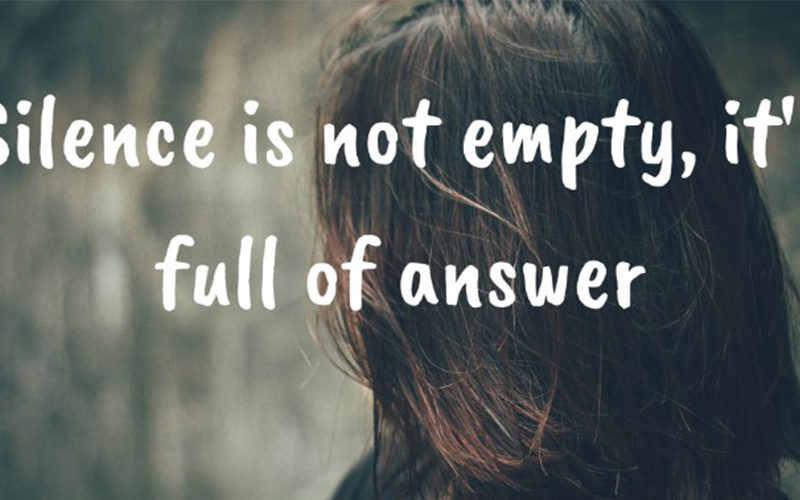The night sky has always been a source of wonder and fascination for humanity. Among the celestial bodies that grace the darkness, none captivates us quite like the moon. With its gentle glow and ever-changing phases, the moon has inspired poets, artists, and dreamers throughout the ages. In this article, we will delve into the beauty of the moon, exploring its captivating allure and the various ways it has left an indelible mark on human culture.
The Mesmerizing Phases of the Moon
One of the most enchanting aspects of the moon is its ever-changing appearance. From the waxing crescent to the full moon and then to the waning crescent, each phase brings a unique charm. The phrase “the moon is beautiful, isn’t it” echoes the sentiment felt by countless individuals as they gaze upon the luminous orb in the night sky.
Waxing Crescent
The journey begins with the waxing crescent, a delicate sliver of light that graces the sky shortly after the new moon. The soft glow of this phase invites contemplation, as the moon starts its gradual ascent.
Full Moon
As the moon reaches its fullness, it bathes the world in its radiant glow. This is the stage where the phrase “the moon is beautiful, isn’t it” resonates most strongly. The full moon’s brilliance has been a symbol of romance and mystery across cultures, inspiring folklore and legends.
Waning Crescent
The waning crescent marks the moon’s descent, transitioning from fullness to a slender crescent. The diminishing light creates a sense of nostalgia, reminding us of the transient nature of beauty.
Cultural Significance and Symbolism
The moon has played a central role in cultural narratives worldwide, serving as a muse for art, literature, and mythology. Various cultures have woven rich tapestries of stories around the moon, attributing different meanings and symbolism to its phases.
Mythical Tales
In Greek mythology, the moon is associated with the goddess Selene, who is said to ride her chariot across the night sky, illuminating the world below. Similarly, in Hindu mythology, the moon is personified as the deity Chandra, whose beauty is celebrated in poetry and song.
Lunar Festivals
Many cultures around the world celebrate lunar festivals, tying their traditions to the phases of the moon. From the Mid-Autumn Festival in East Asia to the Islamic calendar, where months are based on the lunar cycle, the moon serves as a timekeeper and a cultural touchstone.
Moonlit Inspiration in Art and Literature
“The moon is beautiful, isn’t it” has been expressed eloquently through the ages by poets, writers, and artists who sought inspiration in the ethereal glow of the night sky.
Moonlit Poetry
Poets like William Wordsworth and Li Bai have penned verses that capture the emotional resonance of moonlit nights. Their words evoke a sense of longing, beauty, and introspection, emphasizing the timeless connection between humanity and the moon.
Artistic Representations
Artists, too, have been entranced by the moon’s beauty. From Vincent van Gogh’s “Starry Night” to the delicate moonlit scenes in traditional Japanese ukiyo-e prints, the moon has been a muse for artistic expression across mediums and cultures.
Scientific Fascination with the Moon
Beyond its cultural and artistic significance, the moon has been a subject of scientific curiosity and exploration. Scientific advancements have allowed us to study the moon’s surface, composition, and influence on Earth more closely.
Lunar Exploration
The phrase “the moon is beautiful, isn’t it” takes on a new dimension in the context of space exploration. Human missions to the moon, such as the Apollo program, have provided breathtaking images and valuable data, deepening our understanding of Earth’s celestial companion.
Influence on Earth
The moon’s gravitational pull affects Earth’s tides, showcasing the interconnectedness of celestial bodies. Scientists continue to study the moon’s impact on our planet’s natural rhythms, further enhancing our appreciation for its beauty and influence.
Moon Gazing
A Therapeutic Experience
In a fast-paced world dominated by screens and city lights, taking the time to gaze at the moon can be a therapeutic and grounding experience. The phrase “the moon is beautiful, isn’t it” encapsulates the simple joy of reconnecting with nature and finding solace in the celestial wonders above.
Mindfulness and Moon Gazing
Practicing mindfulness while moon gazing allows individuals to immerse themselves in the present moment. The soft glow of the moon can have a calming effect, offering a reprieve from the hustle and bustle of daily life.
Celestial Meditation
Some cultures incorporate moon gazing into meditative practices, using the moon’s energy as a focal point for introspection and spiritual connection. The phrase becomes a mantra, inviting a deeper appreciation for the beauty that transcends earthly concerns.
The Moon in Popular Culture
In contemporary society, the moon continues to be a prevalent theme in popular culture. From music lyrics to film titles, the phrase “the moon is beautiful, isn’t it” is a recurring motif that resonates with audiences worldwide.
Musical References
Countless musicians have been inspired by the moon, infusing their lyrics with romanticism and nostalgia. Whether it’s Frank Sinatra’s “Fly Me to the Moon” or Cat Stevens’ “Moonshadow,” the moon’s beauty is celebrated in various musical genres.
Cinematic Allure
Filmmakers often use the moon to create atmospheric scenes that evoke a sense of mystery and wonder. From moonlit romances to sci-fi adventures set on lunar landscapes, the moon’s allure enhances the visual storytelling in cinema.
Conclusion
As we reflect on the phrase “the moon is beautiful, isn’t it,” it becomes clear that our fascination with Earth’s celestial companion is deeply rooted in cultural, artistic, and scientific realms. The moon’s ever-changing phases, cultural symbolism, and therapeutic qualities make it a subject of perpetual fascination. So, the next time you find yourself beneath the night sky, take a moment to gaze at the moon and appreciate its timeless beauty – because, indeed, the moon is beautiful, isn’t it?




